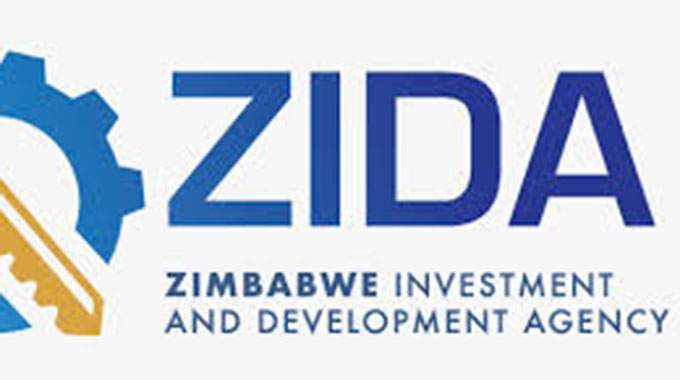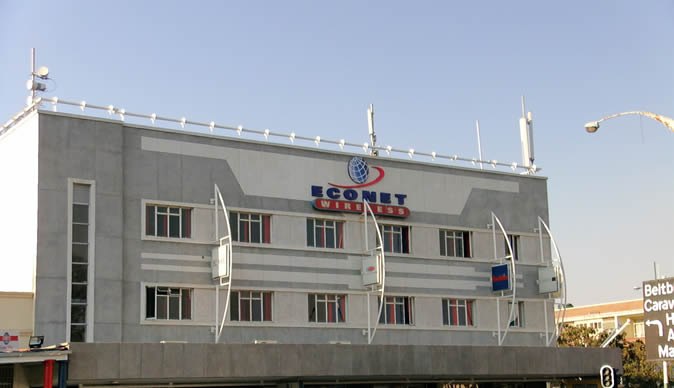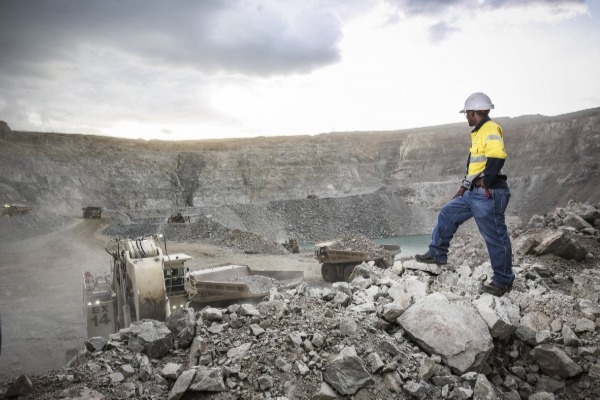Ariston reduces costs with new solar plants
ARISTON Holdings Limited, a Zimbabwe Stock Exchange-listed agricultural company, says its investments in solar energy projects have resulted in significant financial savings by reducing reliance on generators and the associated maintenance costs.
The group’s largest investment to date is the solar plant at Southdown Estate in Chipinge, which was installed in July 2023. The plant is integrated into the Zimbabwe Electricity Transmission and Distribution Company (ZETDC) grid through a net metering arrangement.
Several Zimbabwean corporations have turned to solar power, driven by the need for reliable and sustainable energy sources. Notable examples include Caledonia Mining Corporation, Schweppes Zimbabwe, Econet Wireless Zimbabwe, and Tongaat Hulett. These investments aim to reduce dependence on the national grid and ensure consistent operations.
The Government has issued several independent power producer licences to meet the growing demand for electricity amid economic expansion. Zimbabwe is actively working towards becoming a net energy exporter, aiming to generate more electricity than it consumes and potentially sell excess power to neighbouring countries.
Ariston’s game-changing Southdown Estate solar plant has a generation capacity of 1,2 MW, enabling it to harness renewable energy and reduce its carbon footprint. By tapping into solar power, the estate has significantly reduced its reliance on generators, which were previously a major expense.
In it’s recently published 2024 annual report, Ariston board chair Mr Alexander Jongwe said operations were negatively affected by rising input costs for key production elements such as electricity, fertilisers, and crop chemicals. However, he noted that efficiencies such as solar power adoption helped mitigate some of these pressures.
“Ariston Holdings Limited and all its subsidiaries continued to benefit from the positive impact of the solar energy plant installed at Southdown Estate in July 2023. This achieved cost savings through reduced reliance on generators and the associated maintenance costs, while contributing to the safeguarding of environmental resources through the use of a renewable energy source. While the solar installation reduced generator reliance, gains were partially offset by increased grid electricity tariffs,” said Mr Jongwe.
Building on this success, Ariston recently announced plans to establish additional solar installations at Roscommon, Clearwater, and Kent Estates to address power outages and reduce the high costs associated with generator use.
Ariston’s strategy aligns with a broader trend across various sectors, where companies are investing in solar energy to reduce reliance on the constrained national grid and improve operational efficiency. This move also supports the Government’s initiative to encourage independent power generation.
In addition, Zimbabwe is promoting investments in renewable energy — particularly solar and hydro — as part of a national strategy to reduce energy-related emissions by about a third by 2030.
Meanwhile, Mr Jongwe reported that revenue for the year reached US$7,066 million, a nine percent increase from the previous year. This was mainly attributed to improved macadamia volumes and selling prices.
“However, the cost of sales worsened slightly by three percent due to increased costs of fertilisers, crop chemicals, and electricity, resulting in the group reporting a gross loss of US$1 389 028 despite improved revenue,” said Mr Jongwe.
“The three joint ventures — Bonemarrow Investments (Private) Limited trading as Claremont Powerstation, Claremont Orchards Holdings (Private) Limited, and Mombe Shoma (Private) Limited — contributed positively to the group’s financial performance.”
In the comparative year, Mr Jongwe noted that the group had unrealised exchange losses, mainly arising from US dollar-denominated liabilities. However, since the change in functional currency, exchange gains have been generated from Zimbabwe Gold-denominated liabilities.
He said that finance costs increased by 23 percent compared to the prior year.
“As a result of all the above, the group posted a 29 percent improvement in the loss for the year before other comprehensive income,” he said. —herald











